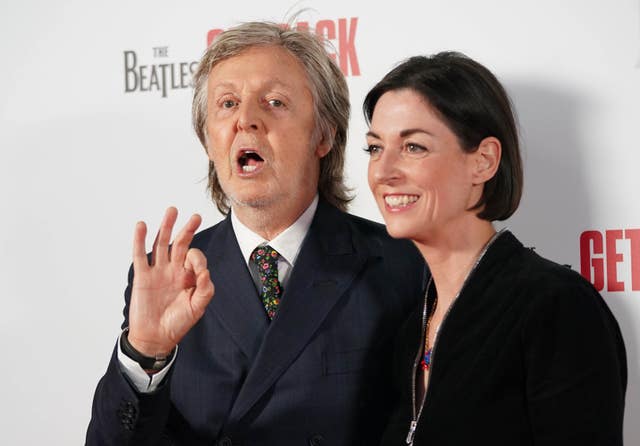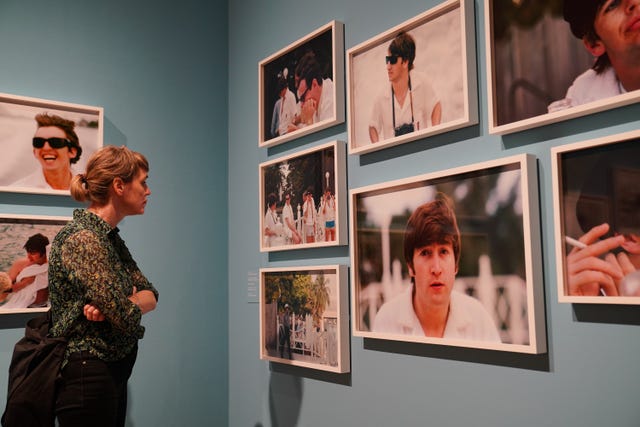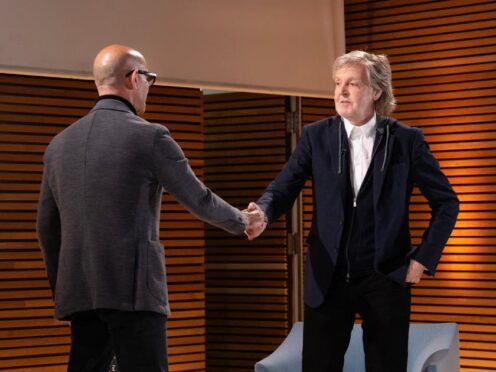Sir Paul McCartney has reflected on The Beatles’ first-ever trip to the US, which took place months after the assassination of president John F Kennedy, and said the band’s presence seemed to have “lifted” people.
In a discussion with American actor Stanley Tucci about his new photo exhibition, Paul McCartney Photographs 1963-64: Eyes Of The Storm, Sir Paul said people were still feeling the after-effects of Kennedy’s death when the band arrived in the US in February 1964.
He said: “That was one of the big things for us … we felt it like the whole world had felt it.

“We had really felt it, but then, it was a few months after that we went to America. We, without meaning to, lifted people.”
Kennedy was assassinated in November 1963 while he rode in a motorcade through Dallas, Texas.
After conducting some 25,000 interviews, the FBI concluded that Lee Harvey Oswald had shot the president and acted alone.
With his photographer daughter Mary McCartney in the crowd, at a talk given at the National Portrait Gallery, the singer also discussed what it was like to rediscover photos taken during the height of Beatlemania.
Speaking on his decision to document their trip, Sir Paul said: “The four of us got cameras and just started to enjoy taking pictures of what was going on around us.
“The nice thing was, I realised they were all quite intimate because the press photographers couldn’t get here.”

The singer said he was even able to take photos of John Lennon wearing glasses he would usually take off in public.
Sir Paul said: “Normally if there were girls about, he (Lennon) would whip them off.”
The photographs selected for the new exhibition had existed as negatives and contact sheets for 60 years before most of them were made into prints.
The singer said it was “uplifting” to rediscover them and old memories with band members Lennon, who died in 1980, and George Harrison, who died in 2001.
He said: “Looking at them, they were from a time that I also sort of remembered, but not in detail… So suddenly, here were all these details of these times we had together.

“It was particularly poignant. It wasn’t sad.”
The Beatles formed in 1960 as a four-piece band from Liverpool and they went on to achieve the most number one albums in UK chart history, according to the Official Charts Company.
More than 250 photographs that have been taken by Sir Paul are on display at The National Portrait Gallery in the exhibition which is open until October 1.
The National Portrait Gallery was officially reopened in June by patron of the gallery the Princess of Wales following a three-year transformation.
The new book, titled 1964: Eyes Of The Storm, Photographs and Reflections by Paul McCartney, is available now via Penguin Press.
